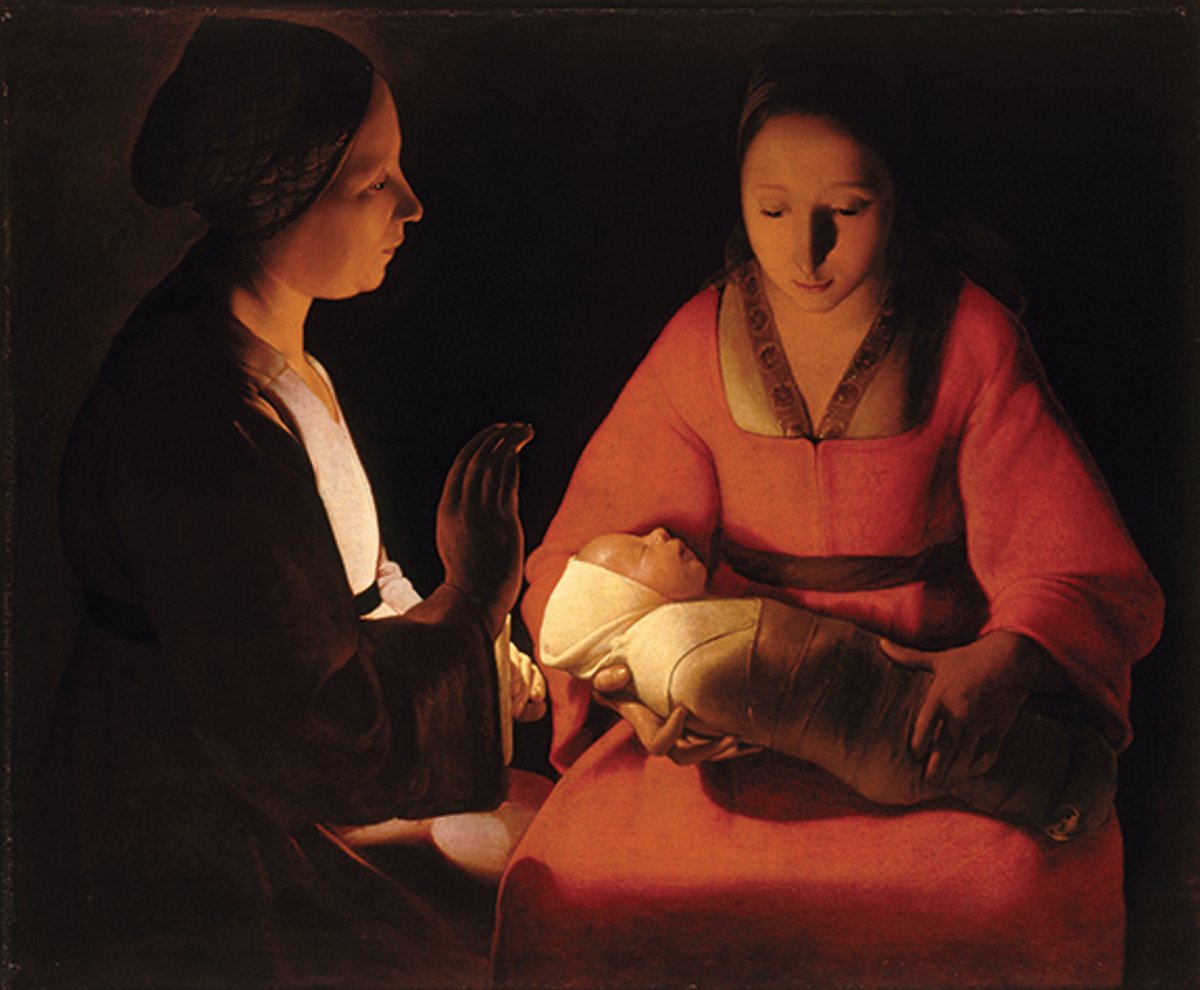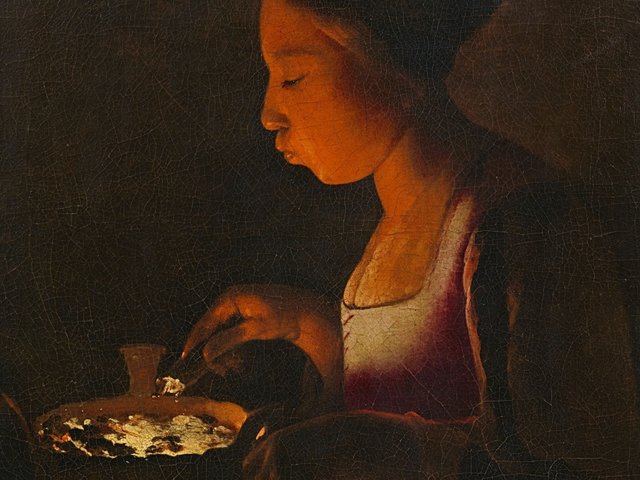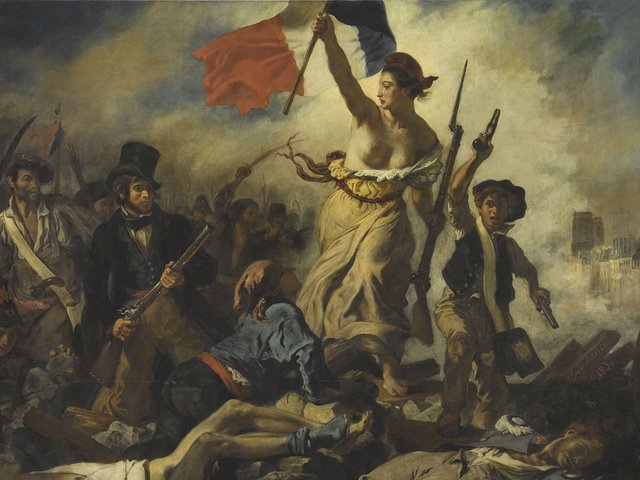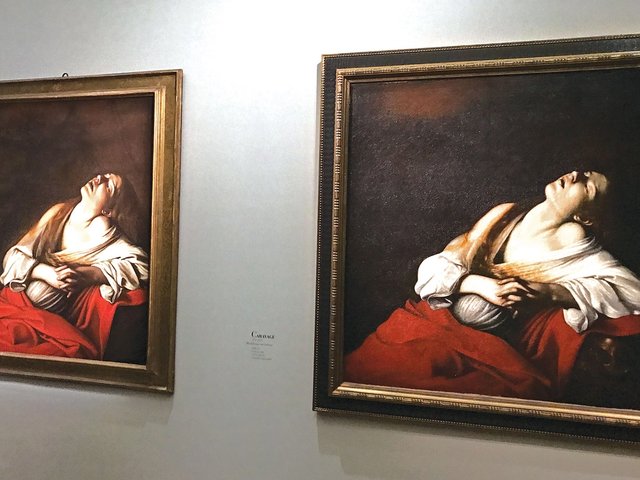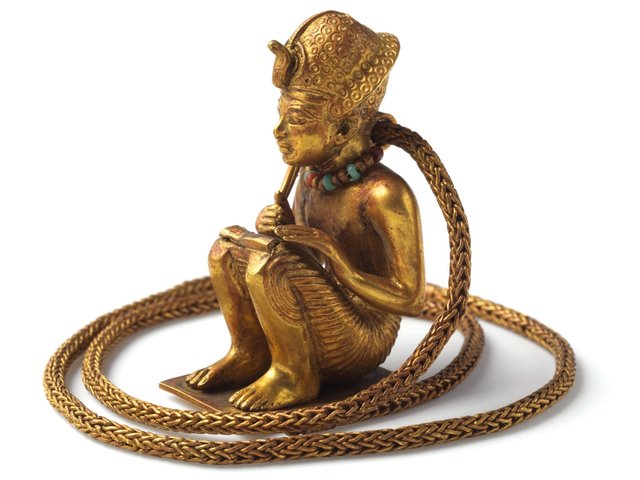In 2002 the French art historian Jacques Thuillier wrote that, save for Nicholas Poussin, Georges de La Tour was the 17th-century French painter on whom the most books had been written. And yet, not a century earlier, that name was near unknown to anyone who knew anything about the history of painting in France. In fact, it was a German art historian with prodigious visual recall, Hermann Voss, who in 1915 thought to connect two paintings in the Nantes Museum of Fine Arts (respectively signed “GS. de La Tour” and “G. de La Tour”) with an unsigned canvas, titled Newborn Child, in Rennes.
‘The first French Surrealist’
For centuries La Tours had hidden in museum stores under other names: the Netherlandish Caravaggista Gerard van Honthorst; the Spanish artists Jusepe de Ribera, Francisco de Zurbarán and Diego Velázquez; Johannes Vermeer. In a startling illustration of the academy’s collective amnesia, even those signed canvases in Nantes were attributed to someone else, a so-called Gerard Seghers. By correcting that mistake, Voss set in motion a quite thrilling chain of rediscoveries. These brought back to life an artist as singular as his known oeuvre is diminutive. The Cubist André Lhôte would later call La Tour “the first French Surrealist”. Today, experts count only 48 known La Tours.
This month the Musée Jacquemart-André opens the first Paris show in almost 30 years to be dedicated to La Tour, as part of a series exploring the influence of Caravaggio across Europe. Where the Grand Palais’s 1997 exhibition included almost every La Tour then known in a chronological retrospective, the Musée Jacquemart-André’s chief curator Pierre Curie says this smaller show, of about 20 originals and around a dozen studio works, aims to highlight what we now know of La Tour’s working practice. “Over 20 years on, we have a better understanding of what La Tour’s atelier was and the fundamental role he played within it.”
While alive, La Tour was highly sought after in both his home region, the independent Duchy of Lorraine, and the French court. When, in 1638, French troops laid siege to the Palace of Lunéville, over half of his inventory was lost. Louis XIII, however, fell under the spell of La Tour’s work and summoned him to Paris. The French king had been given a version of La Tour’s Saint Sebastian Tended by Saint Irene, and is said to have liked it so much he removed all other works from his bedchamber. “That’s probably why we have about a dozen copies of this painting,” says the show’s co-curator Gail Feigenbaum. “It became very, very famous.” Versions are held in both the Musée du Louvre and in the Gemäldegalerie in Berlin. Copies of many other works are known too, which scholars increasingly attribute to La Tour’s own studio and, in part, to his own hand. As Curie puts it, “Today we talk about Georges de La Tour having a quasi-commercial strategy.”
To Feigenbaum’s mind, beyond the obvious predilection for dramatic lighting, what La Tour has in common with Caravaggio and Vermeer—two other late rediscoveries—is the immediate human connection they foster. “For the modern audience, it feels like you can connect with their work without having to have a classical education,” she says.
• Georges de La Tour: From Shadow to Light, Musée Jacquemart-André, Paris, 11 September-25 January 2026


